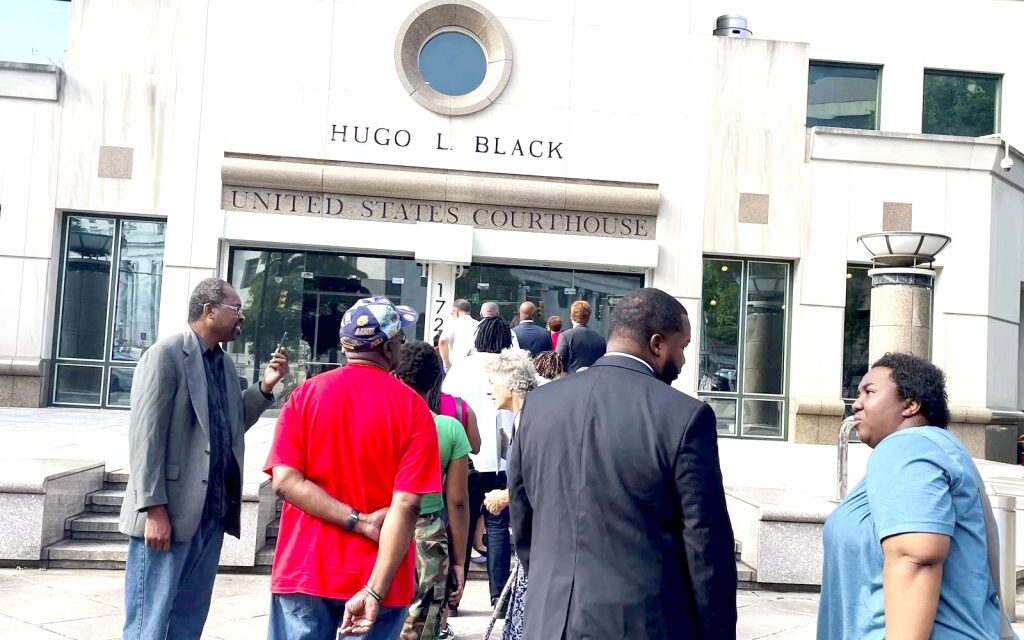By Zoie D. Roberson, Speakin’ Out News’ Youth Editor
In a decisive victory for advocates of fair representation, Alabama’s Black legislators have achieved a significant mile- stone in their longstanding battle against racial gerrymandering. The US District Court for the Northern District of Alabama has sanctioned a new congressional map, hailed as an antidote to Voting Rights Act violations present in the state’s current map.
A Long-Awaited Triumph
For years, Black legislators in Alabama have been relentless in their pursuit of equitable representation. Their perseverance has finally paid off with the approval of a new congressional map that addresses the Voting Rights Act’s Section 2 violations present in the state’s existing map. Randy Kelley, Chair of
the Alabama Democratic Party, expressed the significance of this moment, stating, “[the new decision] is very powerful, and the timing is right. I see it potentially being the catalyst to changing the balance of power. That is very timely because you have an ensuing presidential election. It’s going to not only impact Alabama, but it’s going to impact the nation.”
Legal Battles and Their Implications
The legal saga unfolded after Alabama redrew its district lines in 2021, prompting concerns about fair representation. Despite Black Alabamians comprising 27% of the population, only one of the state’s seven congressional seats consistently reflected the preferences of Black voters.
In 2022, a three-judge panel ruled that the state likely violated the Voting Rights Act by diluting Black political power, necessitating the creation of a second majority-Black district. Alabama’s appeal to the Supreme Court led to a temporary solution — the use of the new map for the 2022 elections, setting the stage for potential reforms.
Defiance, Consequences, and a Historic Mo- ment
Alabama lawmakers, instead of adhering to the court’s directive, passed a map that marginally increased Black voters’ share in a second district. Unswayed by the state’s arguments, the three-judge panel expressed dissatisfaction, leading to the appointment of a special master to propose three potential maps.
The court’s decision to enforce the third map, drawn by the special master, marks a historic moment. While not creating a second majority-Black district, District 2 witnessed an increase in the Black voting-age population to 48.7%. This, coupled with the Supreme Court’s rejection of Alabama’s appeal, signals a significant shift in the state’s political land- scape.
National Implications and Future Challenges
The impact of this deci- sion extends beyond Alabama, setting a precedent for redistricting cases in other states. Questions arise about the GOP’s ability to maintain its slim majority in the U.S. House, with potential repercussions in the upcoming elections.
As Alabama prepares to implement the new map for the 2024 election, the debate surrounding fair representation and voting rights is likely to continue. The decision opens a new chapter in Alabama’s political history, with implications that stretch beyond state borders. The evolving landscape underscores the importance of fair and equitable representation, contributing to a broader national conversation on the intersection of race, politics, and voting rights.*
–











